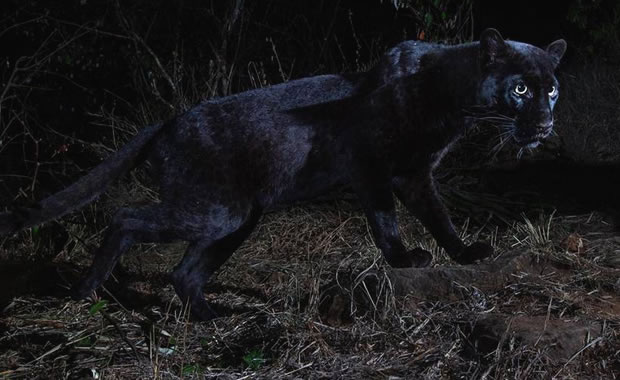

Nevada Pupfish
Thomas Baugh |
Creature Profile
The Nevada pupfish is found in the Ash Meadows region, a small area of wetlands in the Mojave Desert northwest of Las Vegas, Nevada. Two of its three remaining subspecies are endangered, the Ash Meadows Amargosa pupfish (C. n. mionectes) found in ten spring areas within Ash Meadows, and the Warm Springs pupfish (C. n. pectoralis) found in only six springs at a slightly higher elevation and west of Devil's Hole.![]() The Shoshone pupfish (C. n. shoshone) is not endangered but carefully monitored because of its rarety. The fourth subspecies, the Tacopa pupfish (C. n. calidae) is extinct. Pupfish are known to survive in small areas and grow to be adults within four to six weeks of being born. They are stout and deep-bodied fish with large heads in proportion to their bodies. Coloration varies according to subspecies and females are smaller and deeper-bodied than males. Males are often blue to blue-green in color, and females have silvery colorations. The Ash Meadows Amargosa pupfish grows up to two inches, and the Warm Springs pupfish grows up to 2.5 inches and has a broader body, a larger and deeper head, and a wider mouth in comparison.
The Shoshone pupfish (C. n. shoshone) is not endangered but carefully monitored because of its rarety. The fourth subspecies, the Tacopa pupfish (C. n. calidae) is extinct. Pupfish are known to survive in small areas and grow to be adults within four to six weeks of being born. They are stout and deep-bodied fish with large heads in proportion to their bodies. Coloration varies according to subspecies and females are smaller and deeper-bodied than males. Males are often blue to blue-green in color, and females have silvery colorations. The Ash Meadows Amargosa pupfish grows up to two inches, and the Warm Springs pupfish grows up to 2.5 inches and has a broader body, a larger and deeper head, and a wider mouth in comparison.
Nevada pupfish prefer warm, thermal springs, and this type of habitat is essential for reproduction. Young pupfish can be found more in shallower water and prefer more cover than adults. Diet consists mainly of insects and plant matter. Foraging is continuous, from sunrise to sunset, and they become inactive at night. Breeding can occur year round, and although females can lay only one egg at a time, they will do so many times throughout the day, as long as the water temperature is warm enough.
These fish are threatened mainly by habitat disturbance due to agricultural development. The water in which they dwell has been altered in the past, resulting in lower water levels. Such disturbances have already caused the extinction of the Tacopa pupfish. The Ash Meadows Amargosa pupfish also suffers from predation by two introduced species into the pools, the crayfish and the bullfrog, and this may result in extinction in the future. Much of the remaining habitat of both species is now protected and designated as "critical habitat," and captive breeding programs have been implemented to preserve this fish and other pupfish species.
Wikipedia Article

|
Wikipedia Article Copyright Notice: This article is licensed under the GNU Free Documentation License. It uses material from the Wikipedia article "Cyprinodon nevadensis". |
May 12, 2017
Glenn, C. R. 2006. "Earth's Endangered Creatures - Nevada Pupfish Facts" (Online). Accessed 4/16/2024 at http://earthsendangered.com/profile.asp?sp=785&ID=9.
Need more Nevada Pupfish facts?




